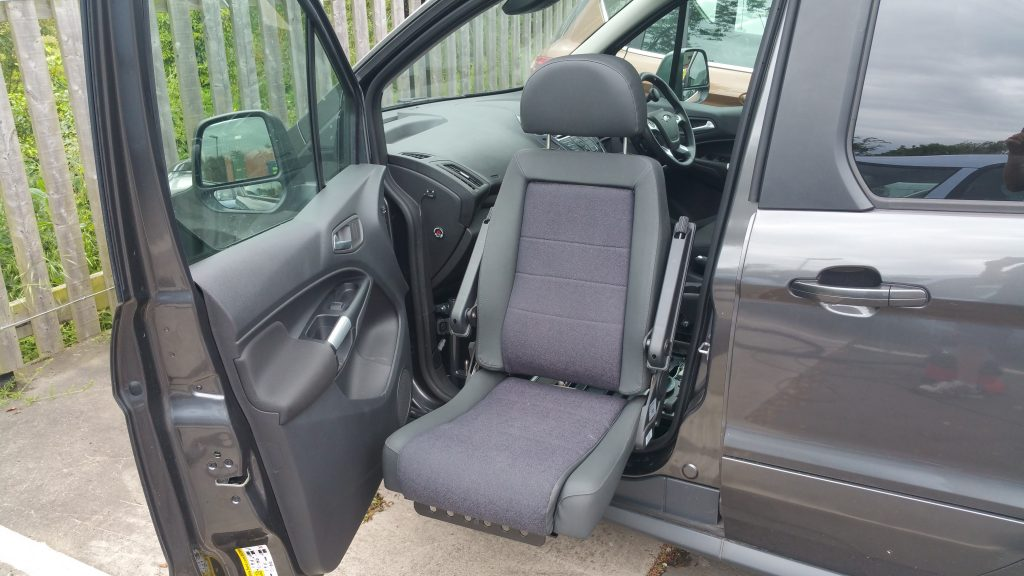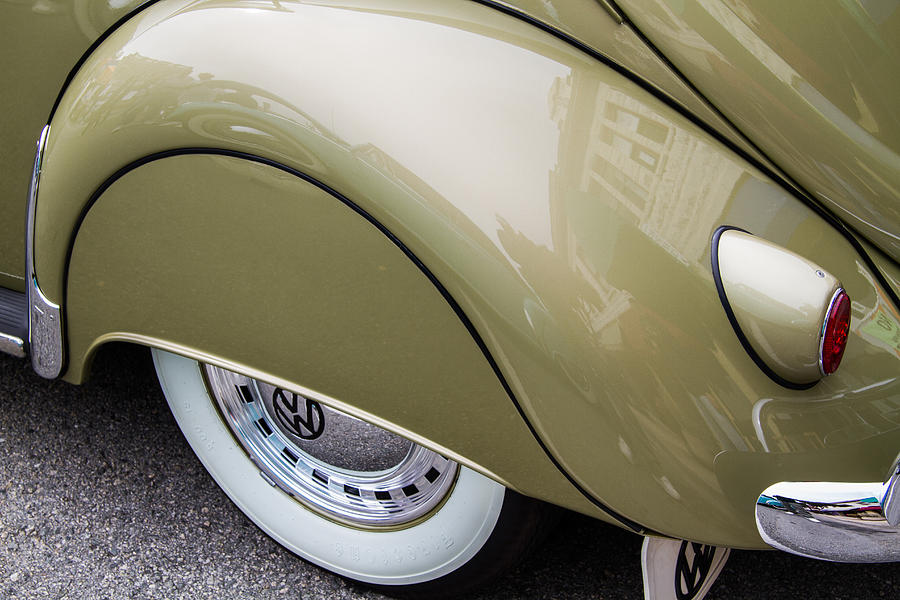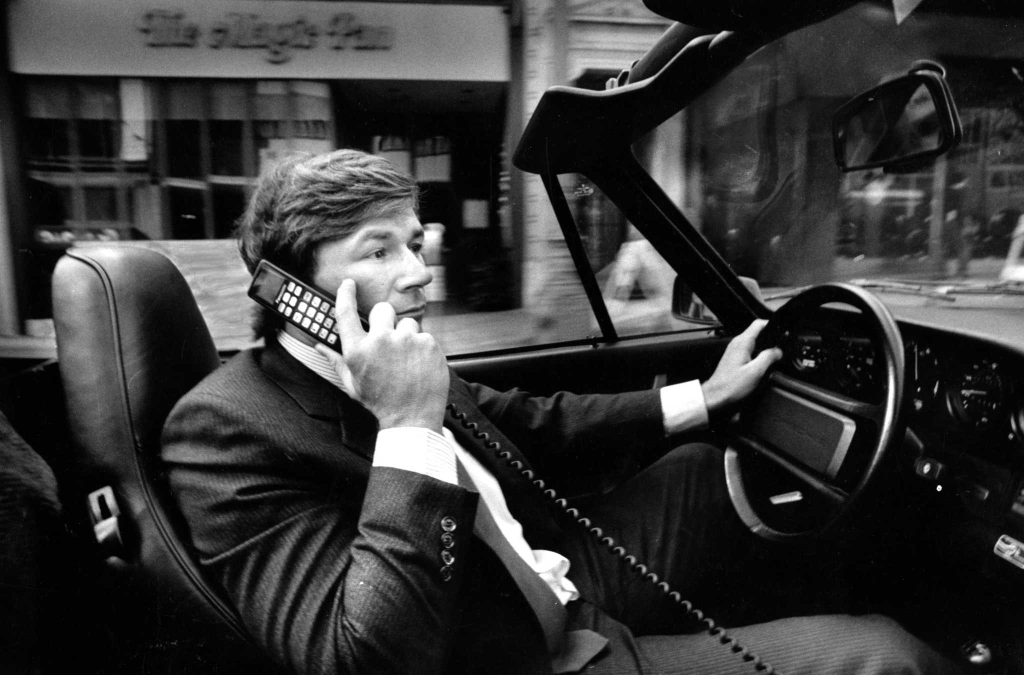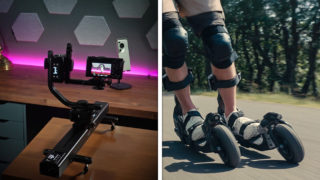Some car features once seemed revolutionary, but they’ve since disappeared from the roads. These 14 quirky and outdated innovations may have captured drivers’ imaginations back in the day, but time has proven that not all ideas are built to last. Here’s a look at these unique features and how they’ve faded into history.
14. Highway Hi-Fi: The Vinyl Road Trip That Didn’t Last

Chrysler’s Highway Hi-Fi system, introduced in the 1950s, let drivers play vinyl records while driving. It seemed like a great way to bring music to the road, but the bumpy ride often made records skip, and the system offered limited music choices. Portable audio systems soon made this vinyl experience a brief chapter in automotive history.
13. Early Voice Alerts: Great Idea, Poor Execution

Chrysler’s LeBaron featured one of the first voice alert systems in the 1980s, designed to offer drivers real-time updates. While it sounded futuristic, the robotic voices often irritated drivers more than they helped. These voice systems soon gave way to today’s more sophisticated infotainment systems, which strike a better balance between convenience and distraction.
12. Curb Feelers: Parking Assistance, 1950s Style

Curb feelers were quirky metal springs attached to the car’s fender that made a scraping sound when nearing a curb, designed to protect your wheels and hubcaps. While they were helpful in theory, these feelers often bent out of shape or broke entirely. As rearview cameras and parking sensors became standard, curb feelers disappeared from the market, along with many scraped wheels.
11. Swivel Seats: Great in Theory, Flawed in Practice

General Motors introduced swivel seats between 1959 and 1973 to make entering and exiting cars easier. Although the concept was convenient, the mechanical complexity led to frequent breakdowns. Chrysler tried to revive the idea in the early 2000s, but it never took off. Swivel seats are a reminder that not all clever ideas are destined for the long haul.
10. Fender Skirts: Stylish but Impractical

Fender skirts, which covered a car’s rear wheels, were all the rage from the 1940s to the 1960s. They gave vehicles a sleek, elegant appearance, but getting to the tires was a hassle, especially in emergencies. As practicality took priority, fender skirts disappeared, leaving behind a stylish—if impractical—footnote in car design history.
9. Push Button Transmissions: Futuristic but Confusing

In the 1950s, Chrysler replaced traditional gear shifts with push buttons for automatic transmissions, heralding a futuristic driving experience. However, many drivers found the buttons confusing, and they didn’t catch on. By the mid-1960s, we returned to the more intuitive gear lever, highlighting the importance of user-friendly design.
8. Car Phones: A Luxury That Didn’t Last

Back in the 1980s, car phones were the ultimate status symbol. These bulky devices were built into cars, giving drivers the rare luxury of making calls on the go. But with poor reception and limited coverage, they often proved more frustrating than functional. As mobile phones became mainstream, car phones quickly became obsolete, leaving behind a curious relic of early mobile technology.
7. Hideaway Headlights: Style Over Substance

Hideaway headlights, popular in the 1960s, were stylish but mechanically complex. These retractable headlights often jammed, making them more of a headache than a feature. As lighting technology advanced, simpler, more reliable headlights replaced these hidden gems, marking the end of an era in automotive aesthetics.
6. Automatic Seat Belts: A Safety Feature That Missed the Mark

Automatic seat belts were introduced in the late 70s to boost safety by automatically fastening when the car started. While well-intentioned, the belts often left passengers improperly secured or required awkward maneuvering to use. Airbags soon took over as the preferred safety measure, making automatic seat belts obsolete by the 1990s.
5. Hidden Fuel Fillers: Cool but Not Practical

Some mid-20th-century cars hid their fuel fillers behind tail lights or license plates, adding a clever design twist. While these hidden fuel caps maintained clean exterior lines, they were difficult to access and prone to damage. By the 1970s, this design trend faded in favor of more practical fuel filler locations.
4. Foot-Operated Dimmer Switches: An Awkward Solution

In the 1920s, some cars introduced foot-operated dimmer switches for headlights, aiming to free drivers’ hands for steering. However, many found the foot switch awkward and preferred hand controls. By the 1970s, dimmer switches had migrated back to the steering column, where they remain today.
3. Cyclops Eye Headlight: Innovation with No Demand

The Tucker 48’s unique third headlight—known as the Cyclops eye—swiveled to light up turns. While it was an innovative feature, legal restrictions and the added complexity limited its appeal. The Cyclops eye was soon shelved, but its concept of improved visibility lives on in modern adaptive headlights.
2. Vibrasonic Sound Systems: More Noise Than Fun

General Motors’ Vibrasonic sound system in the 1950s aimed to create a unique audio experience with a reverb effect. Unfortunately, the sound effect was more distracting than enjoyable for most drivers. The system was soon discontinued as the demand for clear, high-quality audio surpassed the desire for novelty sound effects.
1. Opera Windows: Stylish but Useless

Opera windows, popular in the 1970s and 80s, were small, decorative windows typically located in the rear of luxury cars. Though they added a certain elegance, they offered little in terms of function or visibility. As car design shifted towards larger windows and improved driver visibility, opera windows quietly exited the scene.




























